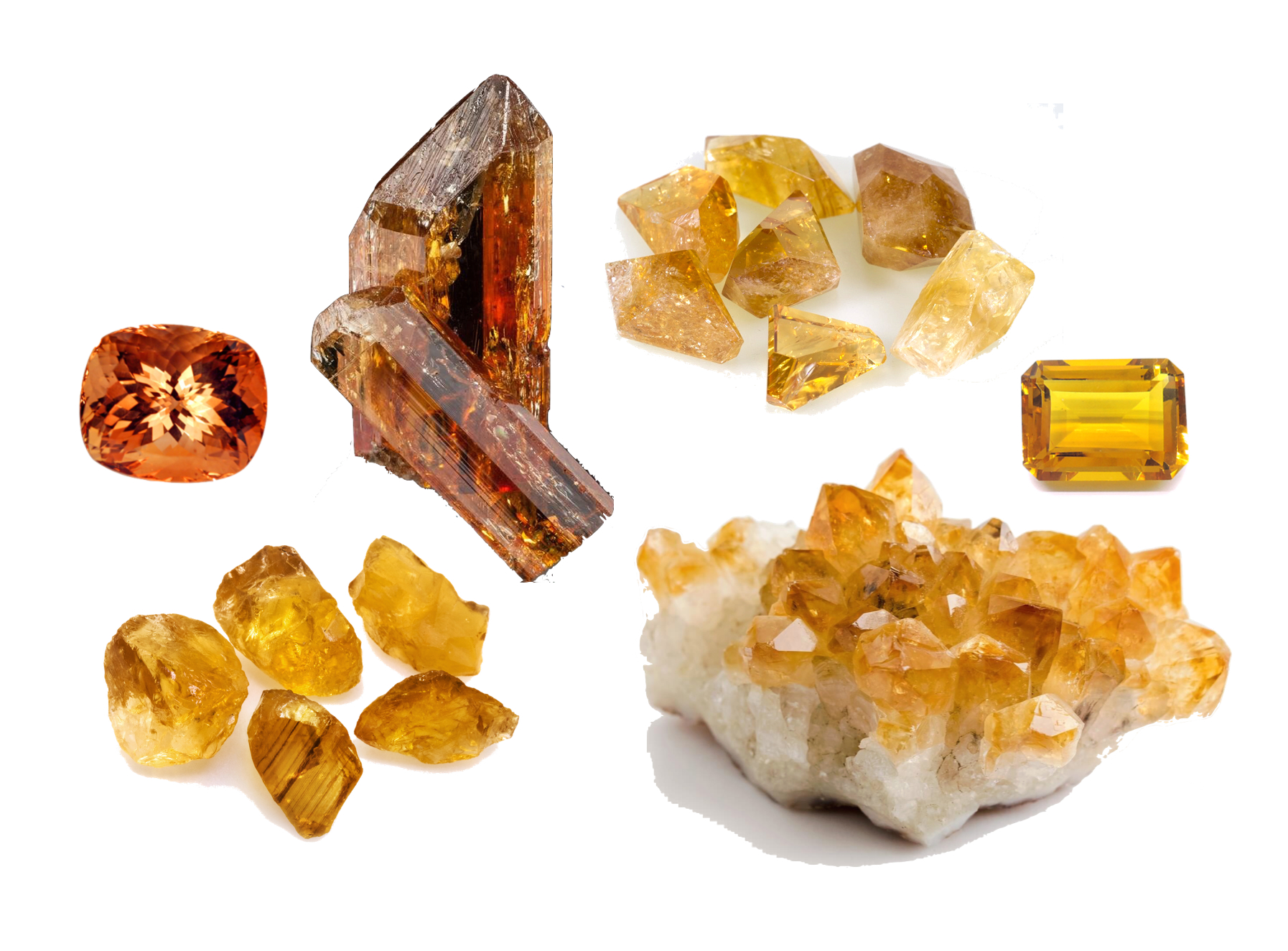My family meditates. It might not look like you’d expect, although sometimes my sons do actually sit still, perched on my crossed legs in the early morning, breath soft, eyes closed, and fingers pressed into mudras. Instead, it usually looks like late afternoons gazing at swirls in our mindfulness jars while they take “brain breaks” from multiplication and spelling, or bedtime body scans as they lay in nests of blankets trying to quiet their busy minds and muscles.
Mine isn’t the only family turning to various forms of meditation. A 2019 analysis of the 2017 National Health Interview Survey found that 7.4 percent of respondents, ages four to 17, engage in some type of mindfulness practice – this is up from just 1.6 percent in 2012. (During the same period, meditative practices of adults also increased, from 7.9 percent to 18.5 percent.)
Meditation and Brain Development
Studies that specifically look at meditation’s effect on children and teens have found that meditation practices may bring significant health benefits, including improved coping skills and stress resiliency, reduced anxiety and depression, and improved attention and focus. Until recently, scientists weren’t able to track how these benefits accrued. But, in an attempt to understand the potential mechanisms that produce these benefits, a recent study of a group of children ages six to 17 examined the correlation between mindfulness and neural connectivity. The results were exciting! They found interesting connections between mindfulness and neural connectivity. Using a multi-echo, multi-band fMRI, researchers were able to track the connectivity between neurocognitive networks in the participants while they rested and then compare the neural activity to self-reported measures of mindfulness. Youth who were more mindful experienced greater connectivity between networks associated with present moment awareness and reduced anxiety.
An Unlikely Pairing: Glitter and Mindfulness
If the data has convinced you and you’re ready to start introducing your child to mindfulness practices, a focused-attention practice is a great place to start. You can observe the breath, pay attention to sensations when walking or eating, or try combining a little glitter with your mindfulness. This project is one of my elementary-aged sons’ favorites, but it’s also a hit with teens and adults! If you’ve worked with glitter before, you know it’s tenacious. Lay down wax paper or newspaper for easier clean up. Here’s how to make your own mesmerizing glitter mindfulness jar:
Supplies
- a glass jar or plastic bottle
- warm water
- glitter glue
- glitter
- food coloring
- hot glue and glue gun
- *optional: glycerin, liquid soap, or baby oil
Directions
- Put about ¾ cup of warm water in the bottle or jar.
- Add approximately ½ cup of glitter glue in your jar. You can vary this amount depending on what you’ve got on hand, but the more glue, the slower the glitter settles to the bottom of the jar.
- Add 2-3 drops of food coloring. You can keep adding more, but the darker the water the more difficult it is to observe the glitter.
- More glitter, please! Add approximately 1 tablespoon of glitter to the other ingredients. Different sizes create texture within the jar.
- Top it off with more warm water, leaving an air gap to allow movement.
- Close and shake to mix the ingredients and test it out. (You can still add more glitter or food coloring at this stage.)
- Once you love the effect you’ve created, add a bead of hot glue along the inside edge of the lid or cap and place on tightly. (You want that glitter contained.)
Notes
- Plastic bottles are a safer alternative for young children.
- If you can’t find glitter glue, white or clear school glue works in a pinch – just be sure to add more glitter!
- Play around with adding different sizes and/or colors of glitter.
- *Optional: adding a few drops of glycerin, liquid soap, or baby oil will change how the glitter moves.
Enjoy this fun variation on a focused-attention meditation!

















